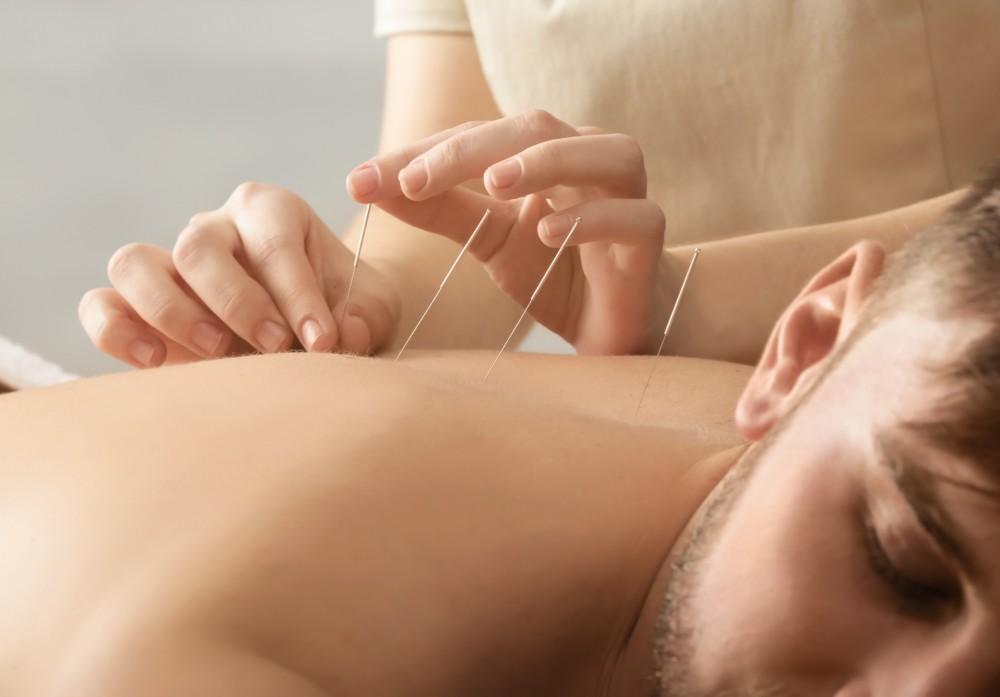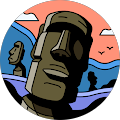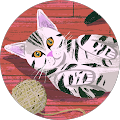Acupuncture for Musculoskeletal Injuries and Conditions: Sprains, Bone Spurs, Post-Operative Scar Repair (POSR), and Bursitis
Musculoskeletal injuries and conditions such as sprains, bone spurs, post-operative scar repair (POSR), and bursitis can cause significant discomfort and limit daily activities. While conventional treatments like physical therapy, medications, and surgery are common, acupuncture offers a holistic, non-invasive alternative to alleviate pain, promote healing, and restore mobility. Rooted in traditional Chinese medicine (TCM), acupuncture works by addressing both the symptoms and the underlying causes of musculoskeletal issues.

Understanding Musculoskeletal Conditions
- Sprains: These occur when ligaments are overstretched or torn, typically due to sudden movement or trauma. Common sites include the ankles, wrists, and knees.
- Bone Spurs: Also known as osteophytes, bone spurs are bony growths that form on bones, often in response to joint damage or inflammation. They frequently occur in the feet, knees, spine, and shoulders.
- Post-Operative Scar Repair (POSR): Scar tissue that forms after surgery can limit mobility, cause discomfort, and affect the surrounding tissues.
- Bursitis: Inflammation of the bursa—small fluid-filled sacs that cushion bones, tendons, and muscles—leading to pain and stiffness, commonly in the shoulders, elbows, hips, and knees.

How Acupuncture Works for Musculoskeletal Conditions
According to TCM, musculoskeletal issues often result from blockages or disruptions in the flow of “Qi,” the body’s vital energy. By stimulating specific acupoints, acupuncture helps restore this flow, reduce inflammation, and alleviate pain. From a scientific perspective, acupuncture enhances circulation, releases endorphins, and reduces the body’s inflammatory response, all of which support healing.
Key Benefits of Acupuncture for Musculoskeletal Conditions
- Pain Relief: Acupuncture stimulates the release of natural pain-relieving chemicals, such as endorphins, to alleviate both acute and chronic pain.
- Reduction of Inflammation: By modulating the immune response, acupuncture helps decrease swelling and inflammation, which are common in conditions like bursitis and sprains.
- Improved Circulation: Enhanced blood flow delivers oxygen and nutrients to injured tissues, accelerating healing and reducing recovery time.
- Tissue Repair and Scar Reduction: For post-operative recovery, acupuncture promotes collagen production and tissue repair, minimizing the formation of rigid scar tissue and improving flexibility.
- Relaxation and Stress Reduction: Chronic pain and injuries can cause stress, which in turn can hinder recovery. Acupuncture helps calm the nervous system, promoting overall relaxation and healing.
Conditions Acupuncture Can Address
- Sprains: Accelerates recovery by reducing swelling, improving circulation, and relieving pain.
- Bone Spurs: Reduces pain and inflammation, particularly in areas like the heels (heel spurs) or knees.
- Post-Operative Scar Repair (POSR): Minimizes scar tissue formation, promotes flexibility, and alleviates pain.
- Bursitis: Reduces inflammation and stiffness while restoring joint mobility.
- Tendonitis and Overuse Injuries: Supports recovery by reducing inflammation and promoting tissue repair.
What to Expect During Treatment
An acupuncture session for musculoskeletal conditions typically starts with an assessment of your symptoms and overall health. The practitioner will select acupoints related to the affected area and insert fine needles to stimulate healing. These needles are left in place while you relax.
Depending on the severity of the condition, multiple sessions may be recommended to achieve lasting relief. Patients often experience improvements in pain, mobility, and overall well-being after several treatments.
Safety and Considerations
Acupuncture is generally safe when performed by a licensed practitioner. Mild side effects, such as temporary soreness or bruising, may occur but usually resolve quickly. It is important to discuss any underlying conditions or medications with your practitioner to customize the treatment plan.
Complementary Approaches
Acupuncture can be combined with other therapies to enhance its effectiveness, such as:
- Physical Therapy: Restores strength and mobility.
- Massage Therapy: Relieves muscle tension and improves circulation.
- Herbal Remedies: Certain TCM herbs can further reduce inflammation and promote healing.
- Stretching and Exercise: Maintains flexibility and prevents future injuries.
Conclusion
Acupuncture offers an effective and holistic approach to managing musculoskeletal injuries and conditions, including sprains, bone spurs, post-operative scar repair, and bursitis. By addressing pain, inflammation, and tissue repair, acupuncture can help individuals recover faster and regain mobility. If you are considering acupuncture for a musculoskeletal condition, consult a licensed practitioner to develop a personalized treatment plan tailored to your needs.
3. Clinical Applications:
Chinese DieDa finds extensive clinical application in the treatment of various injuries, sports-related injuries, and joint disorders, achieving remarkable therapeutic outcomes. In clinical practice, practitioners utilize the four diagnostic methods of observation, listening, questioning, and palpation to identify the cause of the ailment and determine an appropriate treatment plan. Subsequently, they employ suitable techniques to achieve the main therapeutic goals of promoting blood circulation, resolving blood stasis, and relaxing tendons and vessels. Chinese DieDa excels in alleviating pain symptoms, restoring joint function, and relaxing muscles.
4. The commonly used “膏药” (Medicated paste) in traditional Chinese medicine therapy of “Chinese DieDa” is mainly made from various Chinese herbs that are carefully prepared. These “Medicated paste” can quickly penetrate the body through the skin’s permeability while being applied externally and exert the pharmacological effects of the herbs. Commonly used “Medicated paste” has the effect of promoting blood circulation, removing blood stasis, relaxing muscles, and activating collaterals. Applying these “Medicated paste” to the affected area can promote the circulation of local qi and blood, relieve pain, and accelerate the recovery process of the injured area.

5. The other commonly used “药酒” (Medicated wine) is an important external treatment form of traditional Chinese medicine therapy of “Chinese DieDa”. “(Medicated wine” is usually made by mixing various Chinese herbs and alcohol, and after a long time of soaking and extraction, it forms a “(Medicated wine” with unique medicinal effects.
In treatment, using “(Medicated wine” to pat the affected area can promote local blood circulation, remove blood stasis, and accelerate tissue repair. Some common “(Medicated wine” can play the role of analgesia, reducing swelling, and promoting blood circulation, providing strong support for the successful application of traditional Chinese medicine therapy of “Chinese DieDa”.

6. Conclusion: Chinese DieDa, a valuable component of traditional Chinese medicine, demonstrates remarkable effectiveness in addressing soft tissue or external injuries, sprains, spurs, non-surgery-recovery, and post-orthopedic surgery recovery. Despite ongoing advances in modern medicine, Chinese DieDa maintains its distinctive significance in clinical applications. By conducting thorough research and promoting widespread knowledge, we can unlock the full potential of Chinese DieDa, making greater contributions to human health maintenance.
7. Precaution:
DieDa is not suitable for joint dislocation and fractures. If you experience severe pain or suspect that your condition is related to joint dislocation, fractures, or other serious bone issues, consult with a traumatologist or visit the hospital emergency.

























